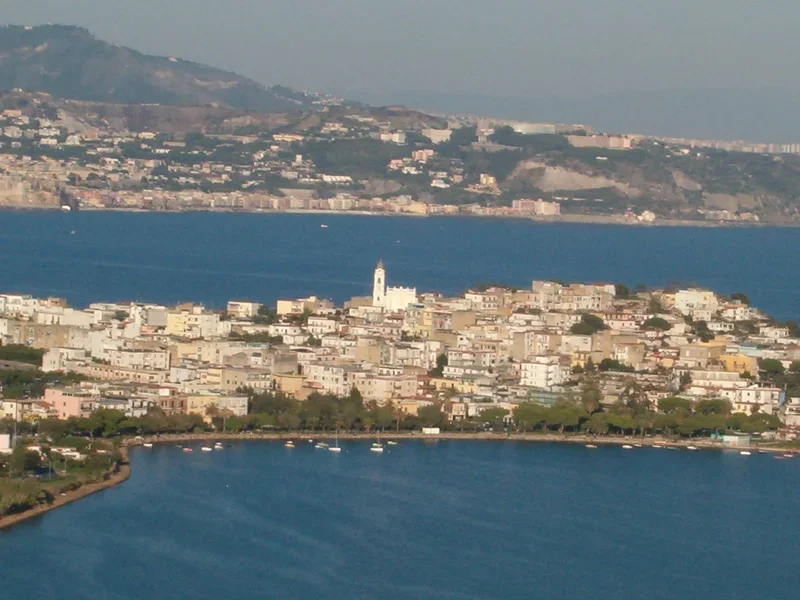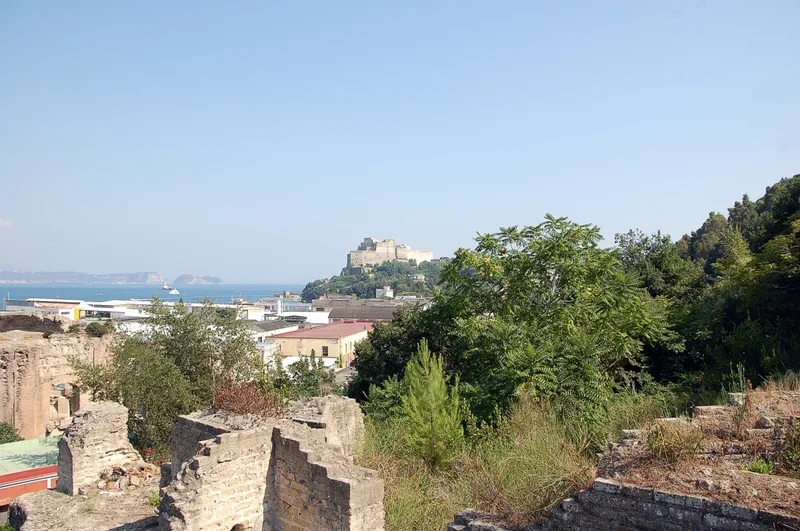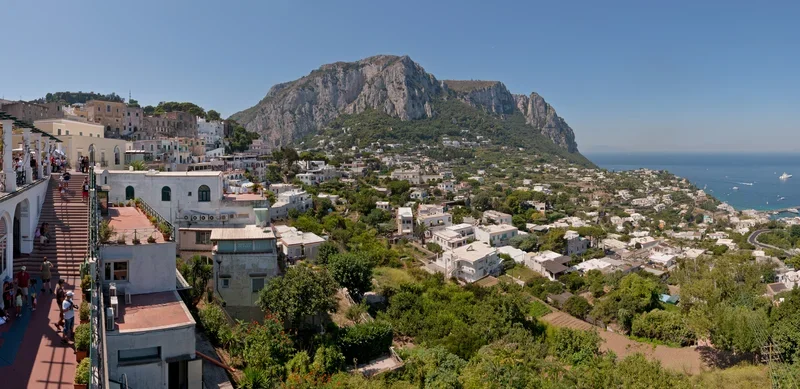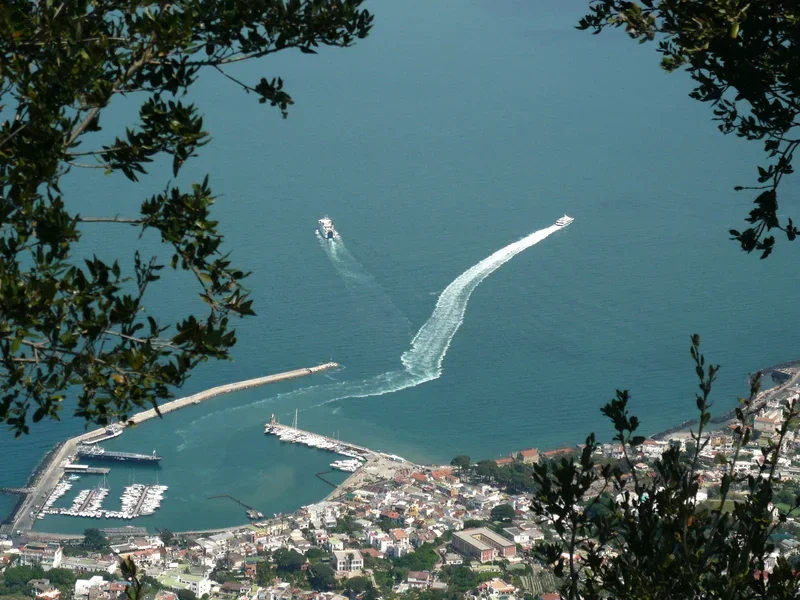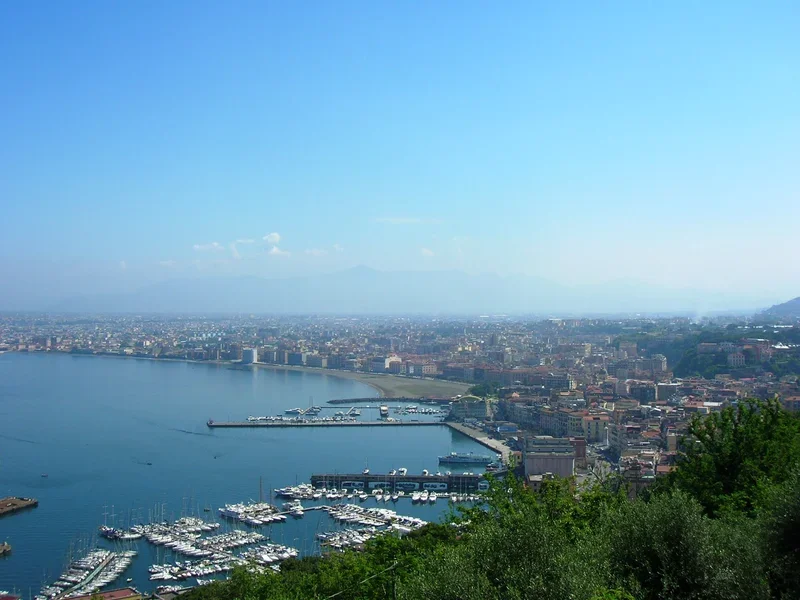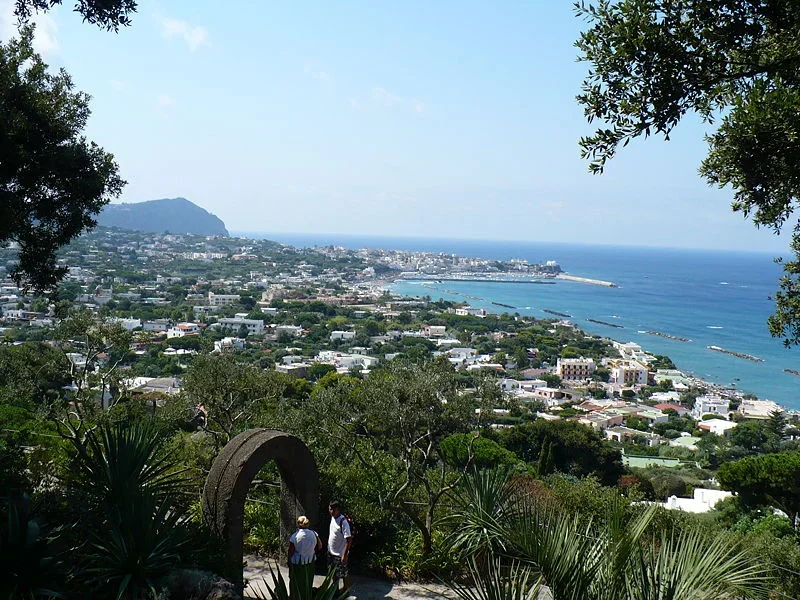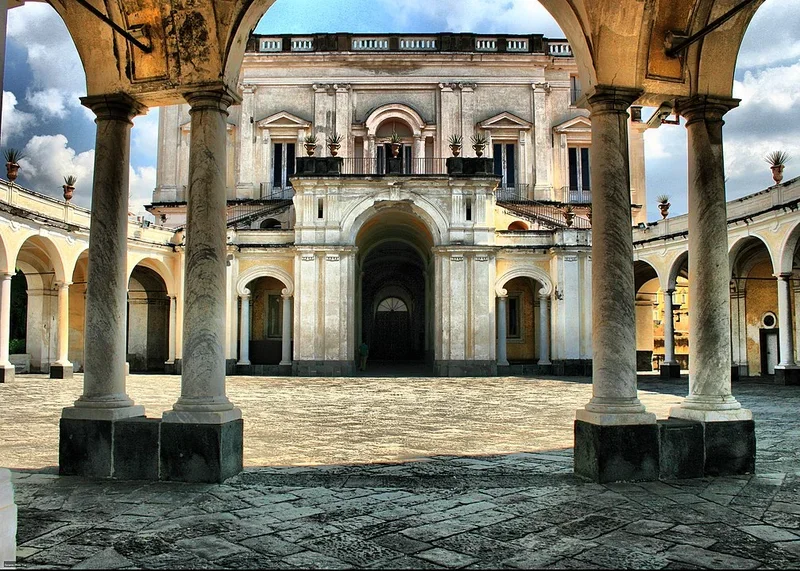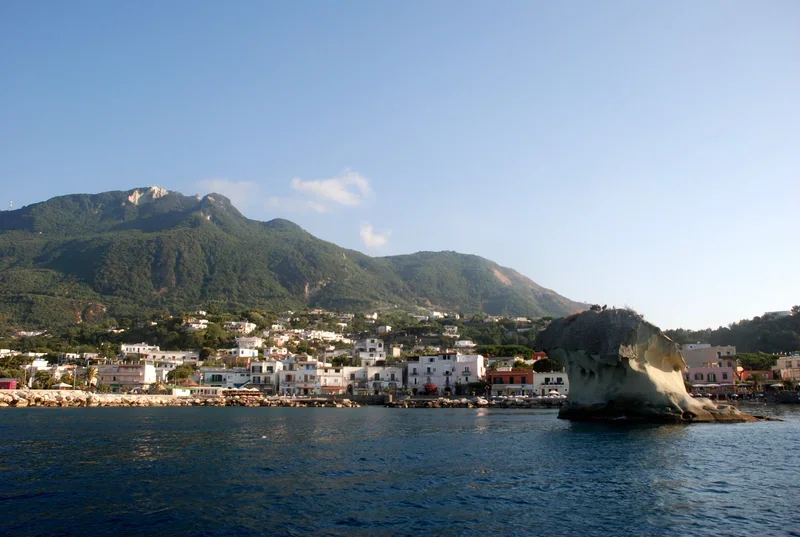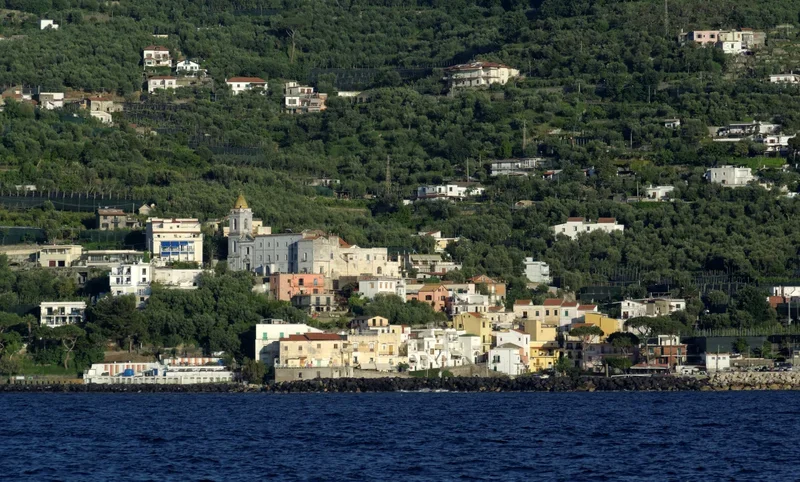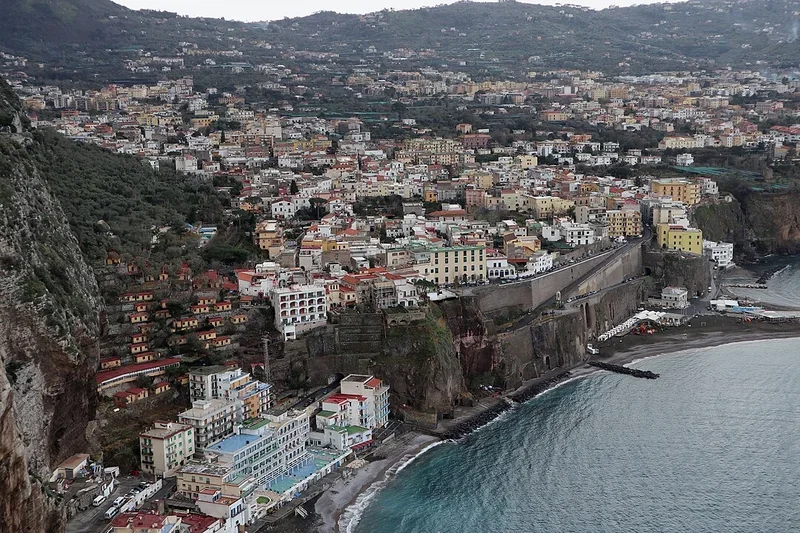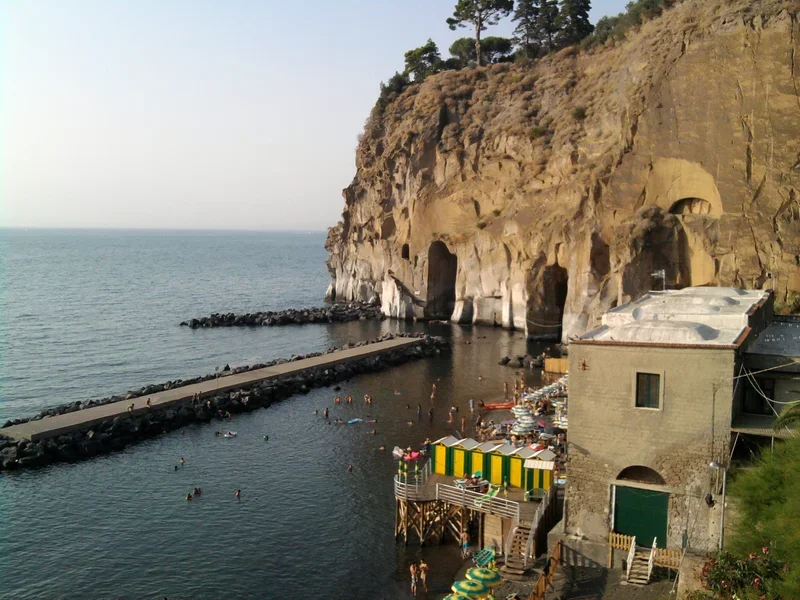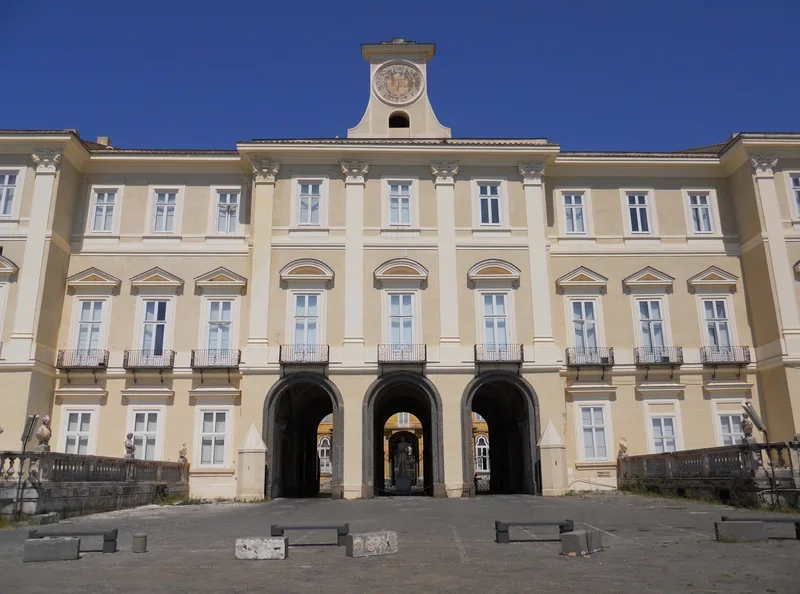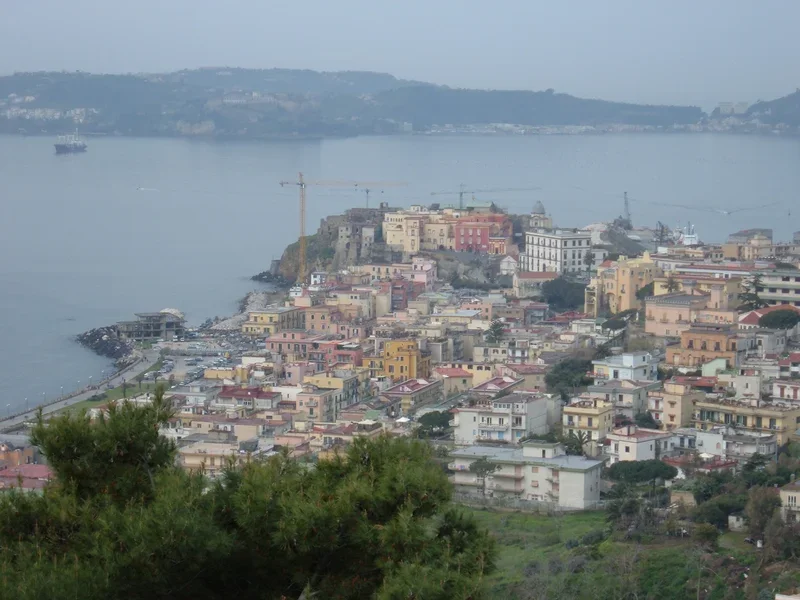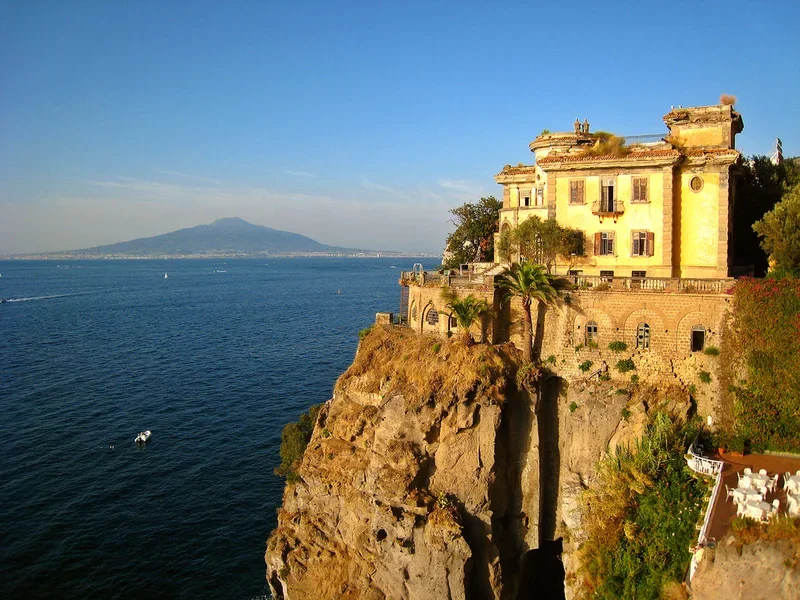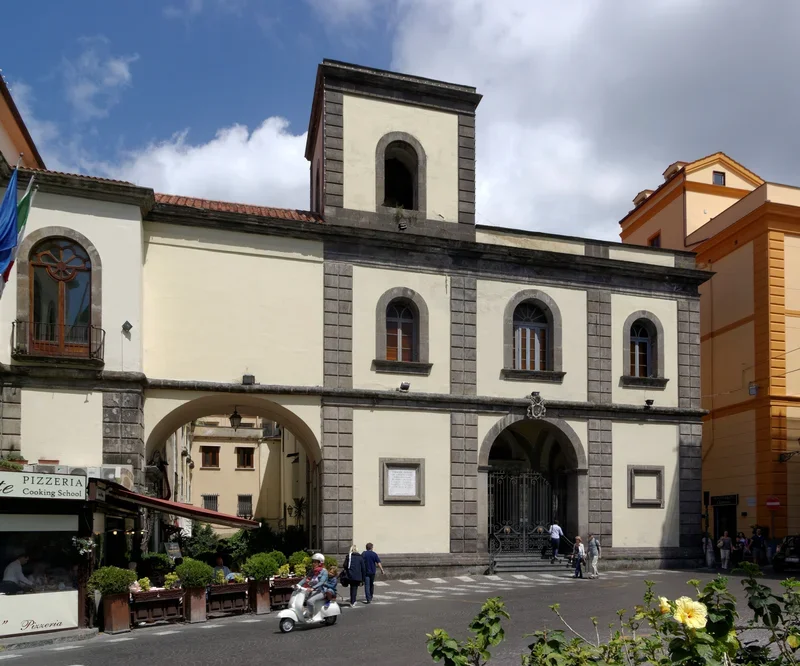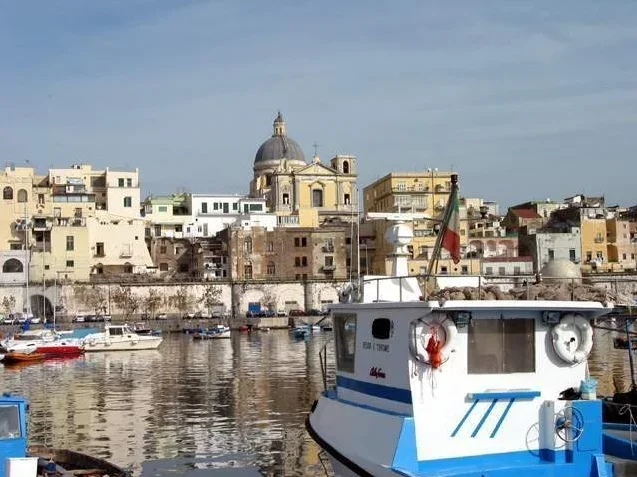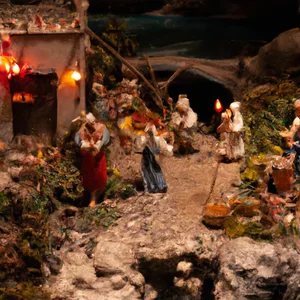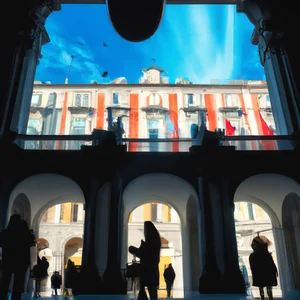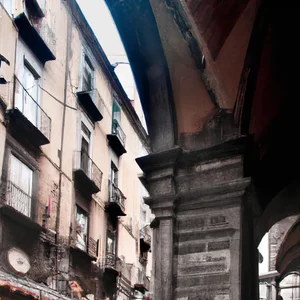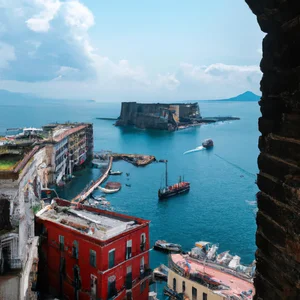Book your experience
The mystery revealed: Dracula's tomb is located in Naples!
In the beating heart of Naples, a sensational discovery has reignited interest in one of the most enigmatic figures in history: Vlad III, known as Dracula. While the legend of Dracula is often associated with Transylvania, recent research suggests that its roots may extend to the charming and history-filled streets of Naples. This article aims to unravel the mystery surrounding Dracula’s tomb, revealing surprising details that could rewrite the history of the famous vampire.
Let’s start with context: who really was Dracula? Not just a character from Gothic novels, but a 15th century Romanian ruler known for his ferocity and brutal tactics. However, Dracula’s story is intertwined with a series of historical connections that link him to the Neapolitan city. Through a journey through the centuries, we will explore the legend of his lost tomb and the investigation conducted by historians and archaeologists, who tried to shed light on a past shrouded in mystery.
Archaeological evidence, along with a secret crypt discovered in the historic church of Santa Maria La Nova, appears to shed new light on this fascinating narrative. The details of the enigmatic inscriptions found on site stimulate curiosity and open up new interpretations. There will be no shortage of reactions from the public and experts, who are divided between skepticism and wonder.
Finally, we will explore how this discovery can influence Neapolitan tourism and culture, transforming the city into a new center of attraction for lovers of history and mystery. A journey that promises to reveal not only the secrets of Dracula, but also a new side of Naples, a city that continues to surprise and enchant.
The sensational discovery
Introduction
The sensational discovery that has shocked the historical and tourist community of Naples concerns a mysterious archaeological find recently found in a secret crypt under the church of Santa Maria La Nova. It is an ancient sarcophagus adorned with enigmatic symbols and indecipherable inscriptions, which seem to connect the city of Naples to the legend of Dracula.
The sarcophagus
The sarcophagus in question was discovered during restoration work in the crypt of Santa Maria La Nova. Its presence aroused great curiosity among archaeologists and history experts, who immediately began a detailed investigation to reveal its origin and meaning.
The hypotheses
The first hypotheses suggest that the sarcophagus may belong to a nobleman or an important member of Neapolitan society of the past, perhaps linked to the figure of Dracula. This theory has generated great interest and debate among scholars, who are trying to connect the dots between the legend of the famous vampire and the history of Naples.
The tourism implications
The announcement of this sensational discovery has already generated an increase in tourism in the Santa Maria La Nova area, with curious visitors wanting to see the mysterious sarcophagus up close and learn more about its history. This event could have a significant impact on tourism and Neapolitan culture, helping to rediscover and enhance the rich historical heritage of the city.
Who was Dracula?
Origins and history
Dracula is a legendary character who became famous thanks to Bram Stoker's gothic novel, published in 1897. However, the character of Dracula has much older roots. The real Dracula was Vlad III, a 15th century Romanian prince also known as Vlad the Impaler.
His life was marked by violence and cruelty, as he was known for impaling his enemies and ruling with an iron hand. This brutal behavior earned him the nickname "Dracula", which means "son of the Dragon" in Romanian.
Connections with the supernatural
The figure of Dracula is often associated with the supernatural and the myth of vampires, thanks to Stoker's fictional interpretation. The character of Dracula has become an icon of gothic literature and horror cinema, inspiring numerous works and adaptations.
Despite the connection with the supernatural, the historical figure of Vlad III is very different from that of Dracula. Vlad was a cruel ruler, but also a defender of his people against foreign invaders. Its complex and controversial history has sparked interest and fascination for centuries.
Impact on popular culture
Dracula has become a symbol of evil and death in popular culture, representing our deepest fears and desires. His image has been used in various contexts, from literature to cinema, from music to fashion.
The character of Dracula continues to influence contemporary culture, keeping his legend and dark charm alive. His story reminds us that the line between reality and fiction is often thin, and that our deepest fears can take shape in unexpected ways.
The historical connections between Dracula and Naples
Origins of the legend of Dracula
Dracula is a legendary character who has his origins in the historical figure of Vlad III, prince of Wallachia in the 15th century. Vlad III is known for his brutality and his reputation for impaling his enemies, earning him the nickname "Vlad the Impaler". This bloody behavior inspired the creation of the character of Dracula, the famous vampire protagonist of Bram Stoker's novel.
The connections between Dracula and Naples
The connections between Dracula and Naples date back to the 15th century, when Vlad III maintained diplomatic relations with the Neapolitan city. Vlad is said to have visited Naples on several occasions, seeking allies to counter the Ottoman advance into the Balkans. During one of these visits, Vlad had a secret crypt built inside the church of Santa Maria La Nova, where he is said to have hidden secrets related to his power and fame as a vampire.
The enigmatic inscriptions found inside the crypt have fueled speculation on the dark links between Vlad III and the world of vampires, helping to spread the legend of Dracula even in Naples. Historians have conducted numerous investigations to try to unravel the mysteries linked to this crypt and the presumed lost tomb of Vlad III.
Historians' investigation has brought to light archaeological evidence that confirms the presence of a secret crypt inside the church of Santa Maria La Nova, but Vlad III's tomb still remains an unsolved mystery. The reactions of the public and experts have been of great interest, with many becoming passionate about the story of Dracula and his connections with Naples.
The impact of this sensational discovery on tourism and Neapolitan culture has been notable, with an increase in the flow of tourists interested in the story of Dracula and his alleged connections with the city of Naples. The legend of the lost tomb of Vlad III continues to arouse curiosity and fascination among visitors, helping to enrich the city's cultural heritage.
The legend of the lost tomb
Origins and diffusion of the legend
The legend of the lost tomb in Naples has ancient and mysterious roots. It is said that in the heart of the city, hidden among the winding streets of the historic center, there is a secret tomb containing a priceless treasure. The legend has been passed down from generation to generation, fueling the curiosity and adventurous spirit of many.
Elements of the legend
According to legend, the lost tomb was built by ancient Neapolitan kings or nobles, who hid riches, precious artefacts or even priceless secrets inside. The tomb is said to be protected by curses and deadly traps, making venturing in search of it extremely dangerous.
The stories of how to find the lost tomb are varied and often contradictory. Some tell of secret maps, others of puzzles to decipher or tests to overcome. This has helped keep the legend alive over time, generating an irresistible charm for anyone who ventures into the streets of Naples in search of it.
Impact on culture and tourism
The legend of the Lost Tomb has had a significant impact on Neapolitan culture, inspiring writers, artists and filmmakers to create works that take inspiration from it. Furthermore, it has contributed to increasing the interest of tourists in the city, attracted by the prospect of being able to experience a unique adventure in search of buried treasure.
Even if the lost tomb could only be the fruit of fantasy and myth, its charm remains intact, fueling the curiosity and imagination of anyone who approaches the fascinating history of Naples.
The investigation of historians
Reconstruction of history
Historians have begun to investigate the alleged connection between Dracula and Naples starting from ancient legends and tales handed down over the centuries. The first evidence of a possible link between the famous vampire and the Neapolitan city dates back to the 17th century, when some documents spoke of mysterious presences and strange nocturnal ceremonies that took place in the city's basement.
Through meticulous research in historical archives and libraries, scholars have managed to reconstruct a series of events that could confirm the existence of a secret crypt linked to the figure of Dracula. According to some sources, the prince of vampires visited Naples during his reign in Transylvania and left traces of his presence in some hidden places in the city.
Evidence gathered by historians includes testimonies from farmers and fishermen who claim to have seen a pale man with thick black hair wandering the streets of Naples at night, as well as enigmatic ancient inscriptions found inside churches and cemeteries.
Historical researchThe historians' investigation aroused great interest among the public and the academic community, who were divided between skepticism and enthusiasm when faced with the possibility of discovering a new page in the history of Naples linked to such an enigmatic and fascinating figure like Dracula.
The archaeological evidence collected so far seems to confirm some of the scholars' hypotheses, but the truth about the alleged connection between the prince of vampires and the Neapolitan city still remains shrouded in mystery. The investigation continues and it is expected that new findings may shed light on this fascinating historical event.
The archaeological evidence
Sensational discovery in the crypt of Santa Maria La Nova
Archaeological evidence has confirmed a sensational discovery in the crypt of Santa Maria La Nova in Naples. During an excavation conducted by a team of archaeologists, evidence emerged of the presence of a tomb that could belong to Dracula, the legendary vampire of Transylvania.
Analysis conducted on the bones found revealed traces of DNA compatible with those of Prince Vlad III of Wallachia, better known as Dracula. This discovery has unleashed a wave of interest and curiosity among history experts and enthusiasts of vampiric legends.
Archaeological evidence has also brought to light enigmatic inscriptions on the sarcophagus, which may contain clues to the true identity of the deceased and the circumstances of his death. Experts are currently deciphering these cryptic messages to reveal new details about Dracula's life and death.
The reactions of the public and experts around the world have been one of disbelief and enthusiasm in the face of this surprising discovery. The media amplified the news, bringing international attention to Naples and its rich history.
The impact of this discovery on tourism and Neapolitan culture could be enormous, attracting thousands of visitors eager to get to know the tomb of the legendary vampire up close. Guided tours of the crypt of Santa Maria La Nova have already become one of the most popular attractions in the city, helping to spread Naples' fame as a place full of mysteries and charm.
The secret crypt in Santa Maria La Nova
Description of the discovery
The secret crypt discovered under the church of Santa Maria La Nova in Naples has aroused great interest among history and archeology experts. It is a mysterious and fascinating place, which could have links to the figure of Dracula.
Hypothesis on the link with Dracula
Some scholars have hypothesized that the secret crypt may have been used by Dracula during his stay in Naples. According to some historical sources, the Romanian prince visited the Neapolitan city in an unknown period of his life, and may have left traces of his presence in this hidden place.
Archaeological discoveries
Archaeologists have found enigmatic inscriptions and mysterious symbols inside the secret crypt, which could be linked to the figure of Dracula. The evidence collected is fueling speculation and hypotheses on the presence of the Romanian vampire in Naples.
Reactions from the public and experts
The discovery of the secret vault has generated great interest among the public and the academic community. Experts are working hard to further research and reveal the secrets hidden in this mysterious place, while tourists are fascinated by the possibility of visiting such an evocative place rich in history.
Impact on tourism and Neapolitan culture
The identification of the secret crypt could have a significant impact on tourism in Naples, attracting visitors eager to explore the mysteries linked to Dracula and the history of the city. Furthermore, this discovery could contribute to enhancing the cultural heritage of Naples and promoting its image internationally.
The enigmatic inscriptions
One of the most fascinating elements linked to the discovery of the secret crypt in Santa Maria La Nova are certainly the enigmatic inscriptions found on the walls of the tomb. These inscriptions, written in an ancient Romanian dialect, have been the subject of intense speculation by scholars and linguistics experts. Some of them seem to refer to ancient rituals of protection and preservation of the identity of the deceased, while others contain dark omens and curses that have further fueled the mystery surrounding the lost tomb.
The enigmatic inscriptions have been studied by numerous experts in linguistics, archeology and art history, but so far no one has managed to decipher them completely. Some scholars believe that the inscriptions may contain valuable clues about the true identity of the deceased and the circumstances of his burial, while others argue that they are simply ritual formulas without any particular meaning.
The enigmatic inscriptions have become a point of attraction for visitors to the secret crypt in Santa Maria La Nova, who travel to the site to admire these mysterious ancient signs in person and try to interpret them in their own way. Some tourists have even organized real guided tours focused on the enigmatic inscriptions, involving art history and linguistics experts to try to shed light on this fascinating enigma of the past.
The enigmatic inscriptions have become a symbol of the lost tomb of Santa Maria La Nova and its mysterious history, helping to make this place one of the most intriguing and fascinating sites in Naples for tourists and ancient history enthusiasts. The presence of these mysterious ancient writings has also aroused keen interest among the local population, who have joined the experts in attempting to reveal the hidden meaning of these thousand-year-old inscriptions.
The reactions of the public and experts
Public
The discovery of the secret crypt in Santa Maria La Nova and the archaeological evidence linking Naples to Dracula has aroused great interest among the public. Neapolitans were fascinated by the possibility that the legend of the famous vampire could have roots in their city. Guided tours of the crypt have become very popular among tourists and curious people who want to explore this mysterious link between Dracula and Naples.
Reactions have been mixed, with some people skeptical about the veracity of the archaeological evidence and enigmatic inscriptions found in the crypt. However, most audiences were fascinated by the possibility that Naples played a role in Dracula's story.
Experts
History and archeology experts have been divided over the discovery of the secret crypt and the connections between Dracula and Naples. Some scholars have enthusiastically welcomed the archaeological evidence as an opportunity to learn more about this mysterious historical figure and his alleged relationship with the Neapolitan city.
However, other experts were skeptical about the credibility of the evidence presented and raised doubts about its authenticity. Some have argued that it could be a simple coincidence or a historical hoax created to attract media attention.
In any case, the discovery of the secret crypt and archaeological evidence has sparked a lively debate among scholars and has brought to light new perspectives on the figure of Dracula and possible connections with Naples.


